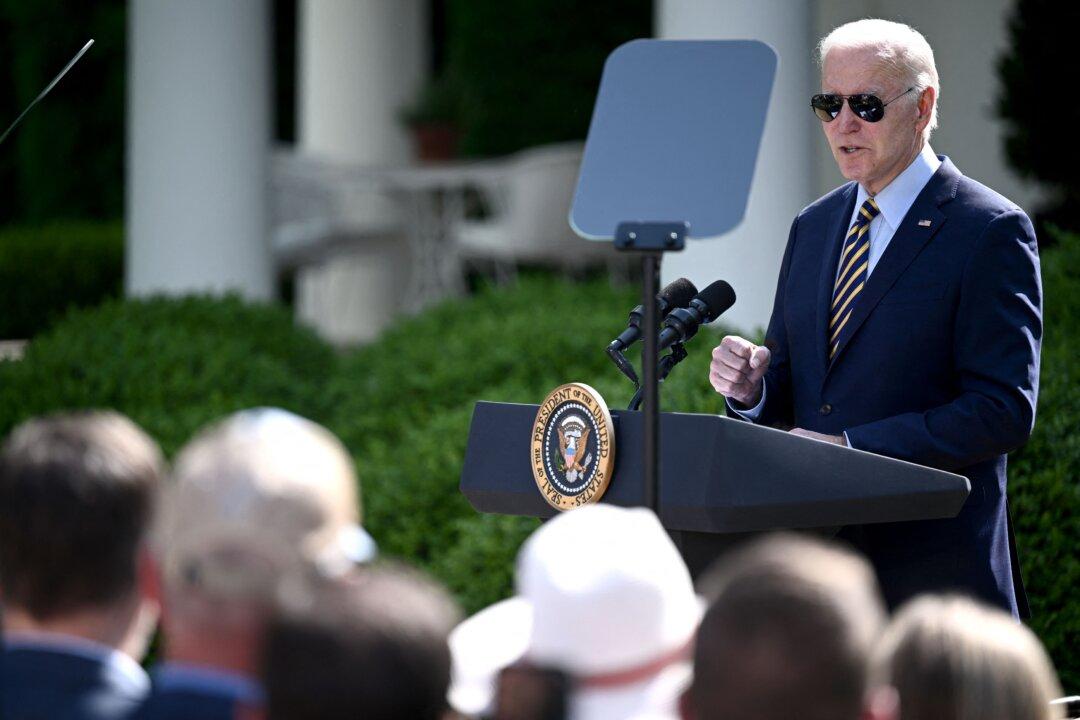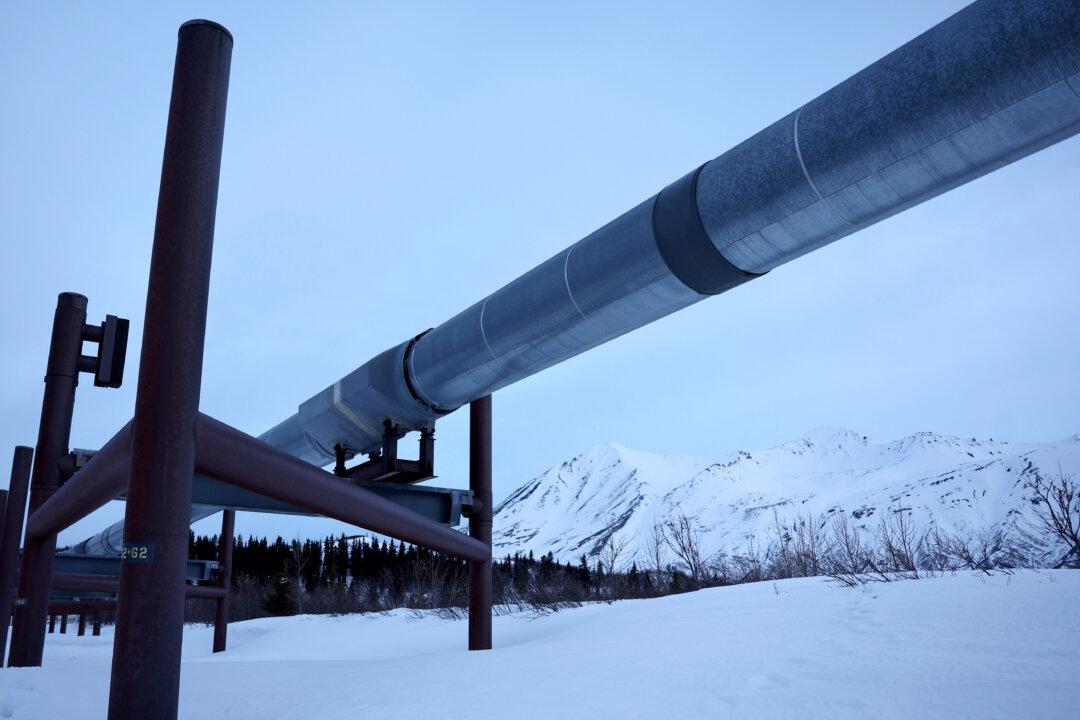Commentary
Last week, Congress took a step toward passing a carbon tax—an inflationary, regressive tax on all products that would lower economic growth; make all Americans worse off; and disproportionately harm poor people, farmers, and small businesses.





